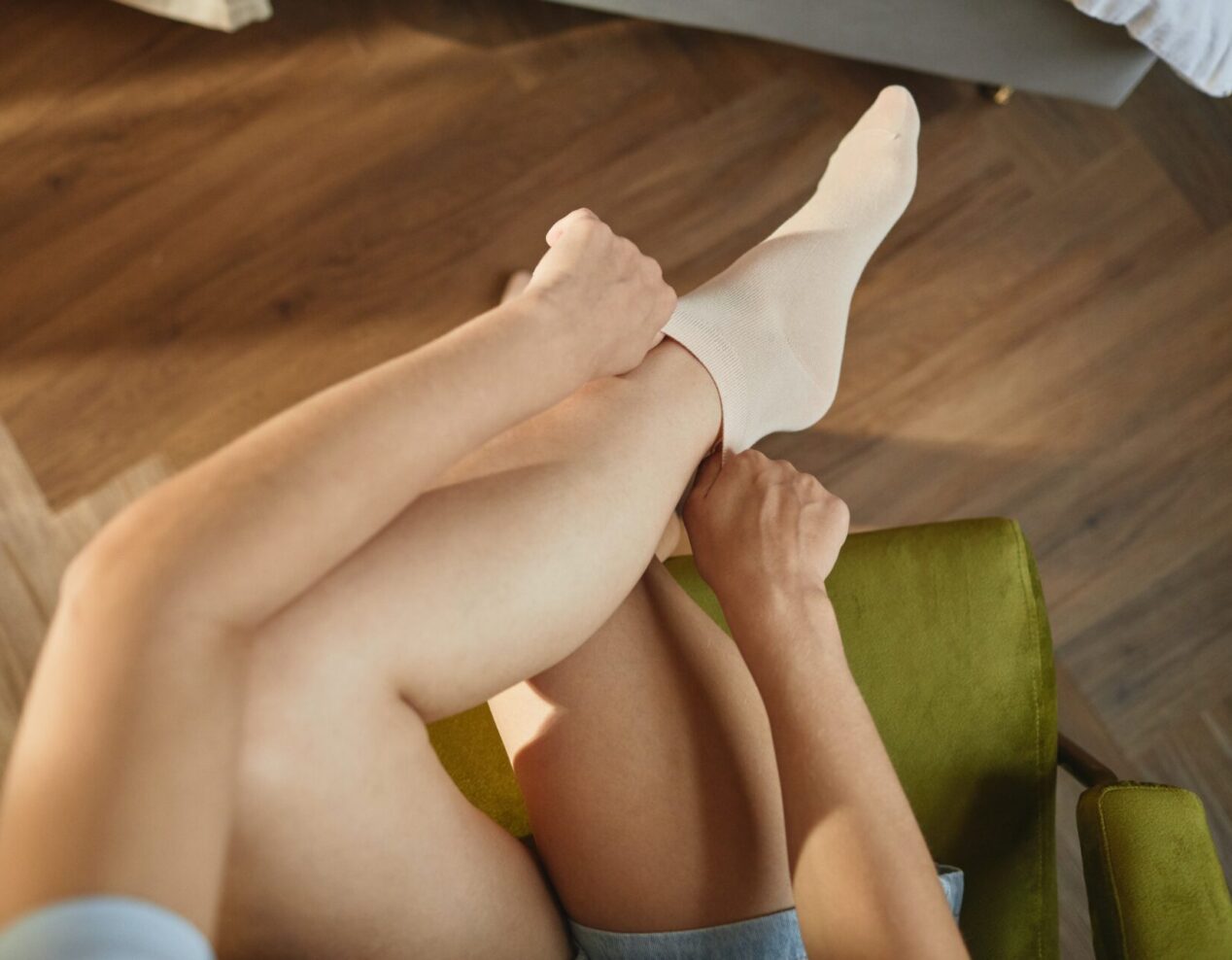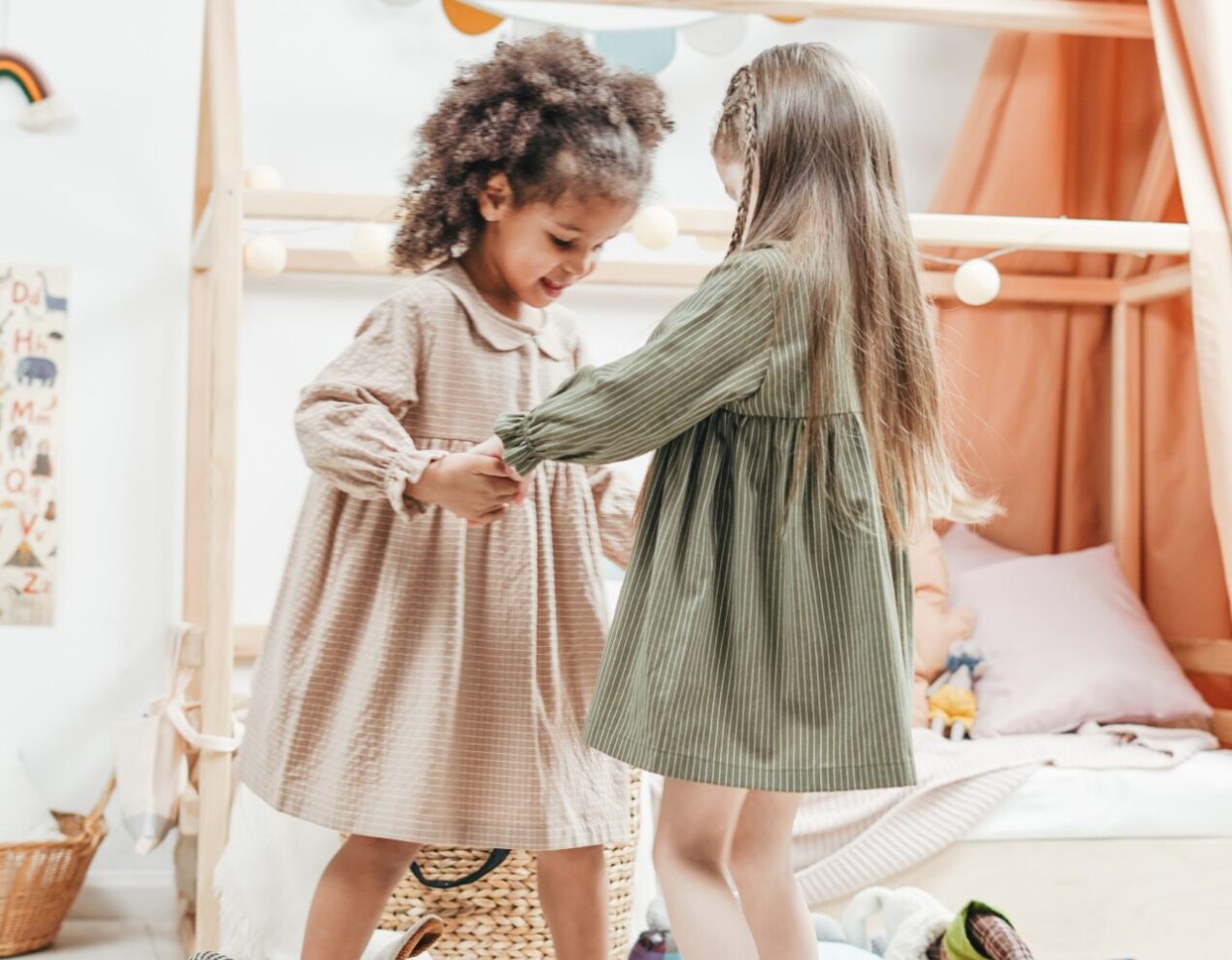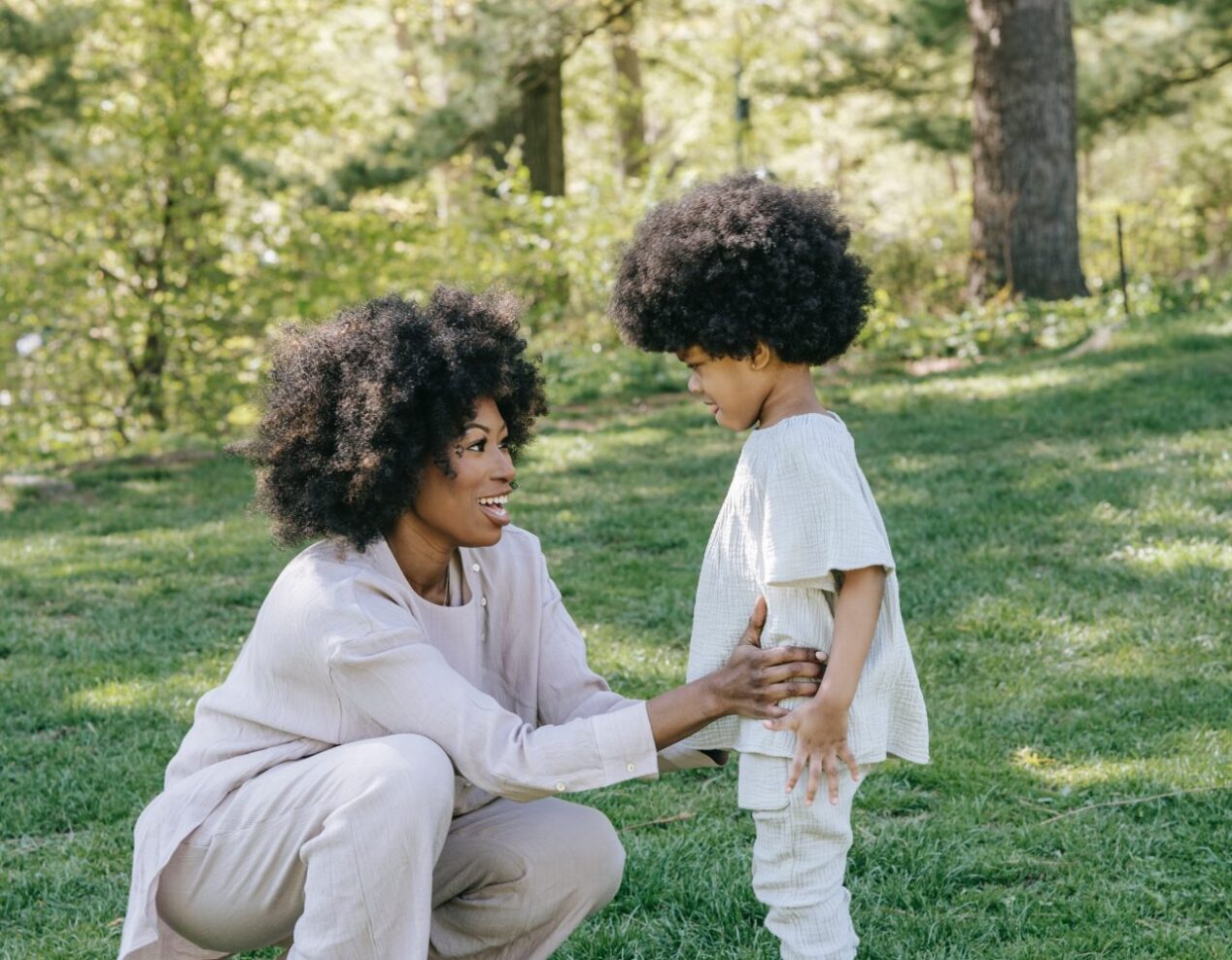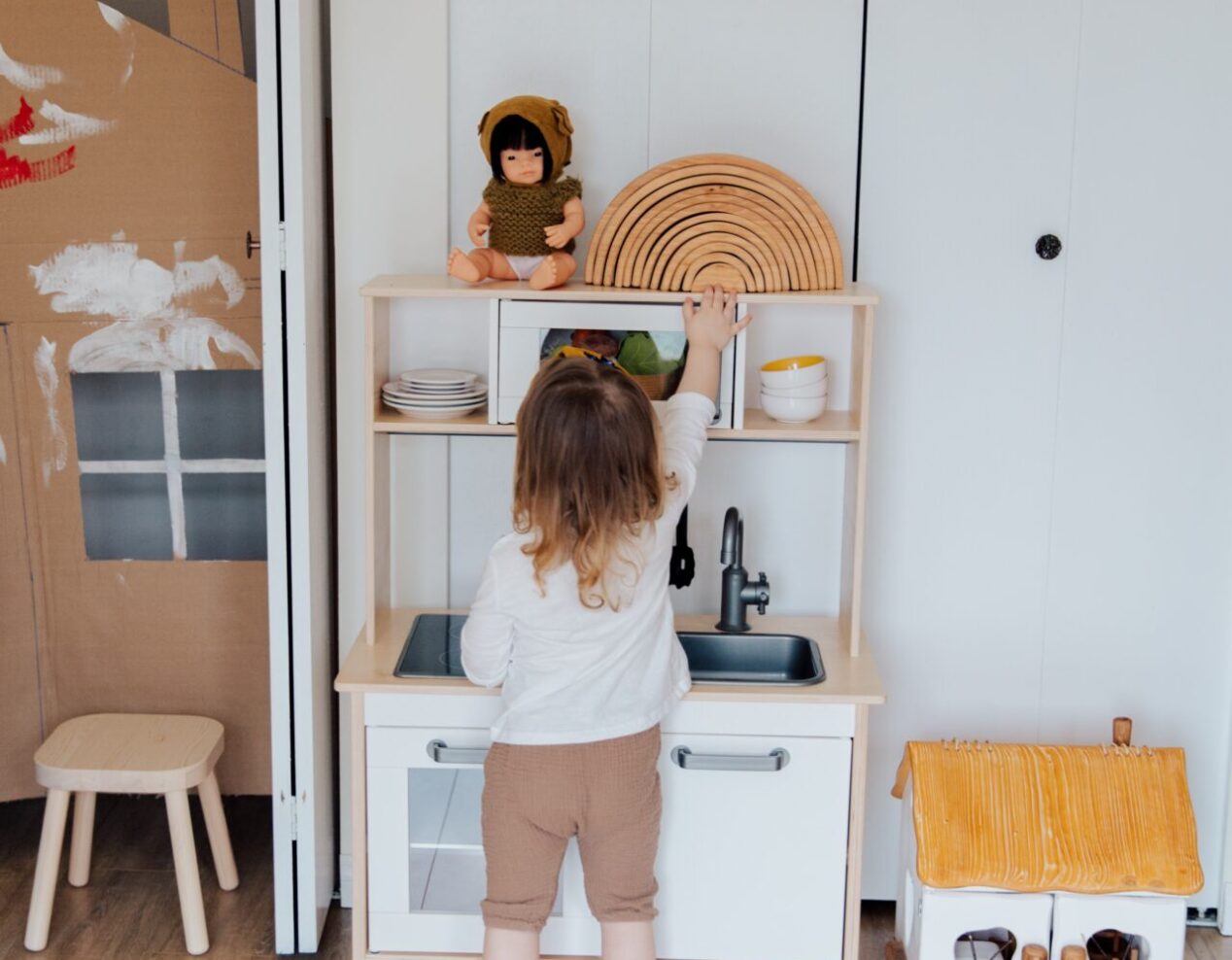Mastering the art of shoe and sock wearing for toddlers

The journey of mastering self-dressing begins around the tender age of 21 to 30 months when children start attempting to put on their shoes, often with a little help. However, socks are a different story; donning them solo usually comes later, typically around 36 to 44 months.
Let’s be honest, plenty of two-year-olds would be ecstatic if shoes and socks vanished from the face of the earth! This is largely because the fine motor skills required to put on and remove shoes and socks can be intricate and challenging, requiring significant patience and practice.
Let’s explore how you can guide your little ones in their journey to put on their own shoes and socks:
Cultivating autonomy: Having a neat space near the entrance, complete with shoes, jackets, bags, and more, can be a game-changer. This serves as a dedicated area where your child can practice the routine of choosing their shoes from a basket or rack, sitting down, and endeavouring to wear them. As highlighted by Kylie from How We Montessori, once a child begins to walk, they are capable of participating in self-dressing.
It is not necessary to have a fancy chair for this purpose. A simple stool works wonders and aids in making the task of reaching their feet easier for most children. Encourage them to locate their shoes, sit, and try to wear them whenever they prepare to step out. And of course, if they need assistance, you’re just a step away.
Mastering the removal of shoes: It’s generally easier for a child to learn to take off shoes before getting a handle on wearing them, which usually happens between the ages of 25 to 30 months. Initially, they may try to yank off the shoe from the toe. Instead, demonstrate how, after unfastening any straps, they should place a thumb between the heel of the shoe and their foot to push it off.
Keeping it basic: At this stage, the aim is to get the children to learn to wear shoes by themselves. Offering them simple and practical shoes such as slip-ons, rubber boots, or shoes with Velcro straps can be very helpful.
Here’s a handy guide to help your child in this learning process: Ensure that you aid them only as much as they need, in line with the Montessori philosophy. Illustrate how they can cross their foot over their other knee while seated. Then demonstrate how to align the shoe with their foot and slide their toes as far as possible. You may also have your child stand to allow their weight to assist in getting their toes inside. The step of getting the heel inside can be particularly tricky. If it’s a struggle, the shoes might be too small. Remember, they should be snug, but not so tight that wearing them becomes a cause for tantrums.
For shoes with Velcro, demonstrate how to pull the strap snug before securing it. For those with a pull-tab on the heel, guide your child on how to use it to make the shoe easier to slip on.
Assisting with left and right: Children generally learn to differentiate between left and right between the ages of 5 and 8. Until then, there are fun ways to guide them in recognizing the correct shoe:
Stickers on the shoe’s insoles can be a creative solution. Create a simple, symmetrical design on a durable sticker, cut it in half, and stick each piece on the inside arch of the shoe. Encourage your child to align their shoes to form the complete image. Most pairs of shoes, when placed together, form a small opening in the center. Teaching them to ‘make a hole’ with their shoes can be an effective method. Shoes with inside zippers can be positioned correctly by making the ‘zippers kiss’.
Learning to wear socks: Children typically learn to wear socks independently around 36 months or later. However, you can start laying the groundwork for this earlier.
Here are some tips to assist your child in practicing with socks:
Designate a specific spot for socks to encourage your child to fetch them on their own. Socks that are a size larger can be easier for little hands to maneuver. While wearing socks for them, illustrate how to bunch them up, insert their toes at the end, and try to pull up the rest themselves. Colored heels on socks make it simpler for children to position them correctly. Using hair bands or scrunchies to simulate the action of pulling up a sock can be a fun and useful exercise. Incorporating adult-sized socks with playful patterns into your child’s dress-up collection can provide them with extra practice opportunities.



